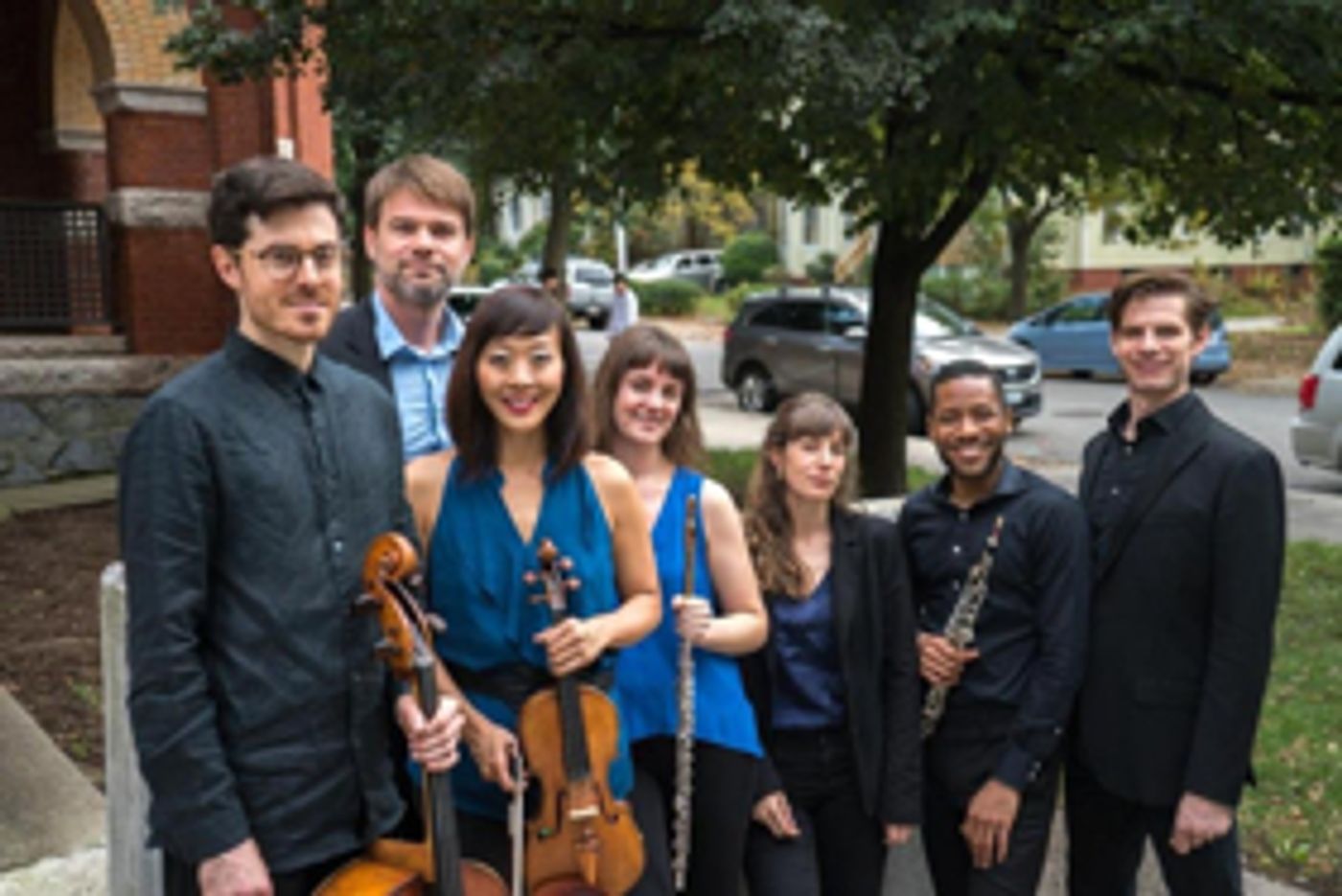ECCE & Court-circuit Present French/American Music in Dialogue at Roulette

ECCE and Court-circuit unite to present French/American Music in Dialogue: premieres and works from Christophe Bertrand, Philippe Hurel, David Felder, Philippe Leroux, and John Aylward led by conductor Jean Deroyer. Court-circuit is currently on tour from Paris in the U.S. with dates in New York, Buffalo, Pittsburgh, and Worcester. The invitation comes at the behest of ECCE Director and Clark University Professor John Aylward, 2017-18 Guggenheim Foundation Fellow and winner of the 2018 Walter Hindrichsen Award from the American Academy of Arts and Letters.
The New York concert will take place on Thursday, April 19th at 8pm at Roulette. Featured works include the world premiere of Aylward's Narcissus, the final work in a series of ensembles pieces that culminates Aylward's years-long exploration of Ovid's Metamorphoses, Christophe Bertrand's Sanh, Philippe Leroux's Continuo(ns) and the U.S. premiere of his Prélude & Postlude à l'épais, David Felder's Partial [dis]res[s]toration, and Philippe Hurel's Figures libres.
Tickets: $15 online; $20 at the door
http://roulette.org/event/ecce-and-court-circuit-french-american-music-in-dialogue/
Philippe Leroux's Continuons, a work that takes its ideas from singular, simple compositional ideas carried to utmost exaggerated depths. The piece is one of Leroux's most philosophical works, and, as author Dominique Druhen notes, "the composition can be considered as a process of generation, as a series of genetic operations in which the 'Alpha' is telescopically confused with the 'Omega'.
Similar to Leroux's alpha and omega, Philippe Hurel's Figures Libre is another work that generates its materials from simple opposites. Hurel himself writes about the work, "paradoxically, as soon as one thinks of "free figures", one thinks of the constraint, because the notion of freedom immediately summons the idea of its antithesis. What I wanted to evoke in this title is the idea of certain characteristic figures escaping constraints initially given". And although the soloistic passages throughout the work evoke a sense of freedom amongst the ensemble members, the music is all ultimately cut from the same harmonic cloth, uniting, framing, or constraining, what may initially seem free.
Christophe Bertrand's Sahn, refers to a Chinese term that means both "three" and "scattered". The double entendre is also the central idea of the piece, which deploys three instruments in different combinations of harmony rhythm and timbre. The work is playful in its rhythmic arrangements of the highly 'scattered' motifs and the more harmonious aspects of the work highlight the union of 'three' both texturally and timbrally. Like the Leroux and Hurel, Bertrand's work also plays with the constraints and synergies of opposing forces.
Videos

